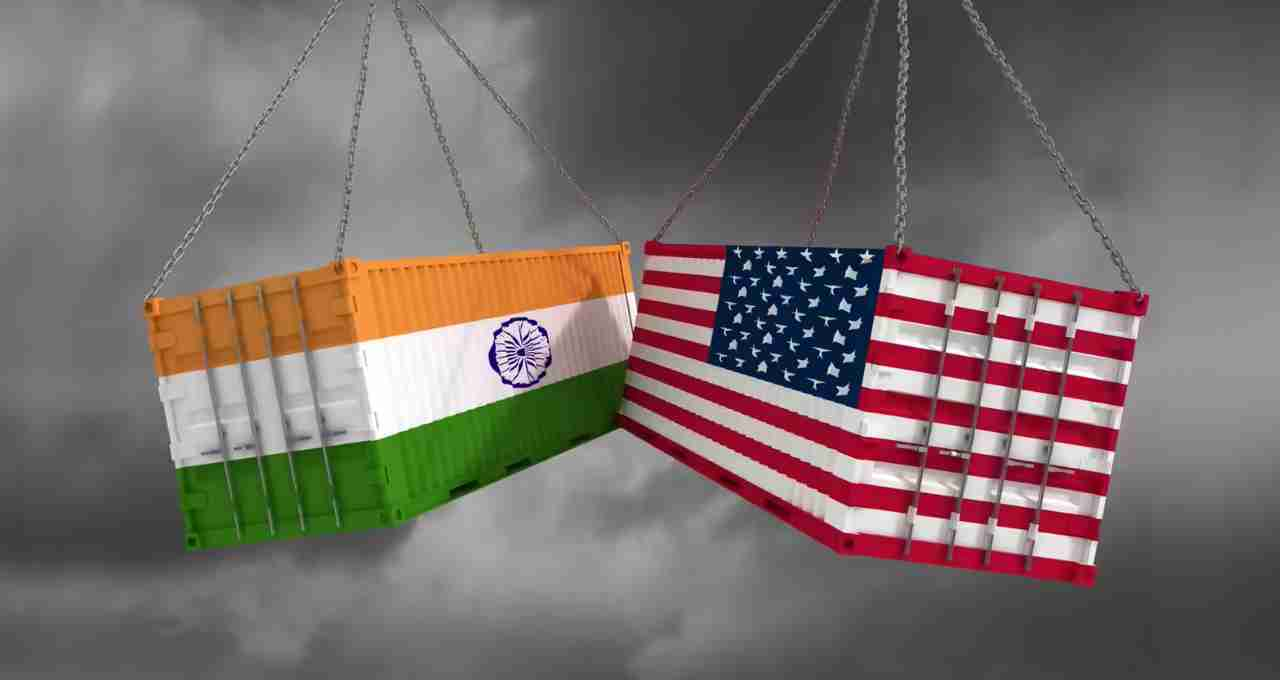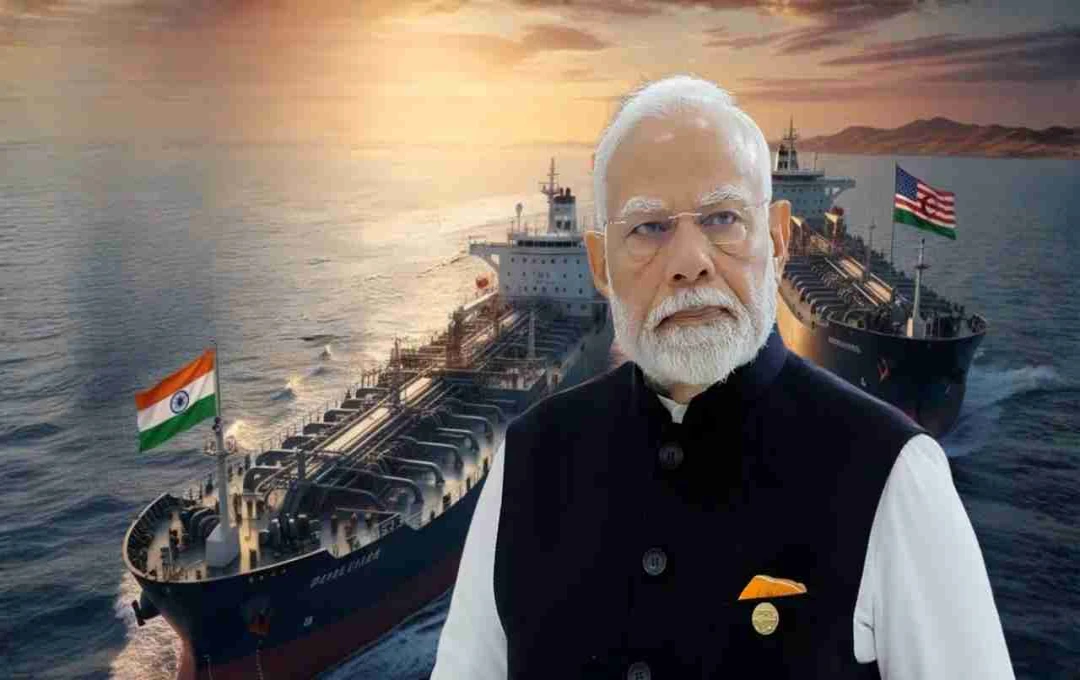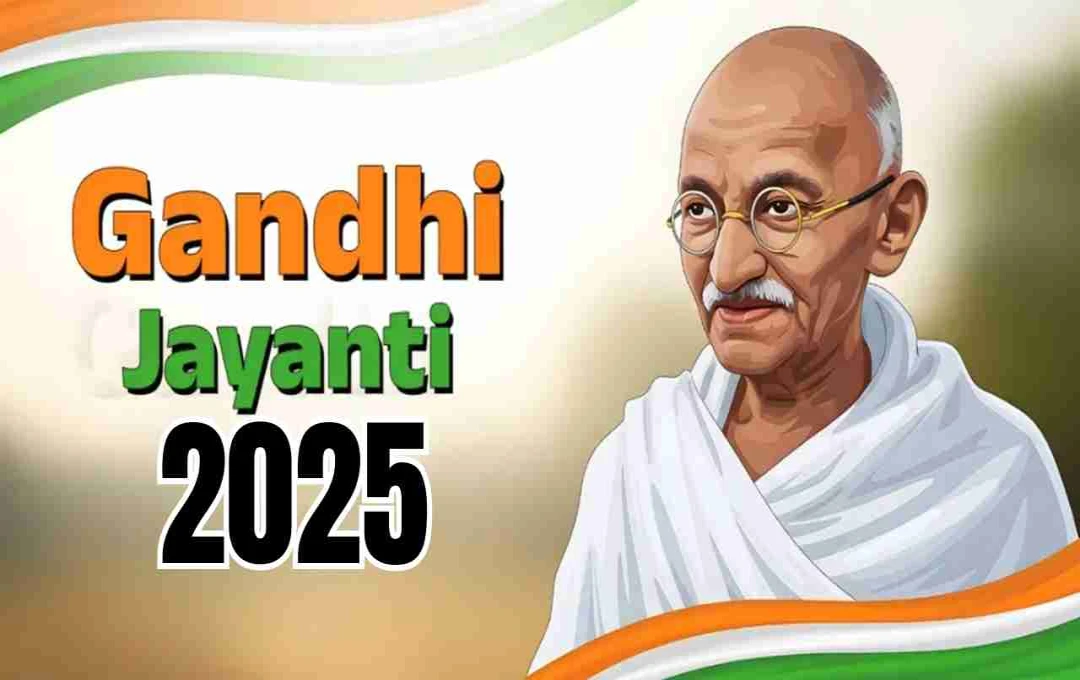Despite the US imposing tariffs of up to 50% on Indian exports, India's economy remains b. The IMF has raised India's growth forecast for fiscal year 2025-26 from 6.4% to 6.6%. Robust GDP growth of 7.8% in the April-June quarter and b domestic demand have offset the impact of US tariffs.
India growth: Even though the US attempted to harm India's exports by imposing significant tariffs, the Indian economy continues to advance bly. The International Monetary Fund (IMF), in its World Economic Outlook report, has increased India's growth rate forecast for fiscal year 2025-26 by 0.2% to 6.6%. According to the report, b domestic consumption in the April-June quarter mitigated the impact of US duties. However, growth is estimated to slightly decline to 6.2% in the next fiscal year 2026-27.
IMF raises India's growth forecast
The IMF's World Economic Outlook report states that India's economy performed significantly better than expected in the April-June quarter. During this period, GDP grew at a rate of 7.8 percent, which is considered a b indicator globally. The report highlighted that India's resilience proved instrumental in balancing the impact of US tariffs.
India's fiscal year runs from April to March. In this context, the acceleration in the country's economic activities during the initial months of the 2025-26 fiscal year laid a b foundation for future growth. The IMF also noted that domestic consumption and investment played a crucial role in driving India's economy.
Limited Impact of US Tariffs

US President Trump had decided to increase tariffs on Indian products by up to 50 percent, which was expected to put pressure on India's export sector. However, current data indicates that these tariffs have not had a significant impact on India's overall economy.
While some decline in Indian exports has been recorded, robust domestic consumption and b performance by the service sector have compensated for this loss. Furthermore, India has strengthened trade relations with several countries and developed alternative markets, thereby limiting the impact of US tariffs on exports.
Domestic Consumption Becomes Economic Strength
The primary reason for India's GDP acceleration in the April-June quarter was domestic consumption. Rising incomes in rural areas, new employment opportunities in urban centers, and stable prices bolstered consumption. Increased spending in the retail and service sectors propelled both production and investment.
An increase in government capital expenditure and a focus on infrastructure projects also supported the growth rate. The IMF acknowledged that India's b demand situation was able to balance the external pressure arising from US tariffs.
Anticipated Slowdown Next Year
While the IMF has raised India's growth rate forecast for the current fiscal year, it has slightly reduced the estimate for the next fiscal year 2026-27 to 6.2 percent. The report stated that increased import duties from the US have affected the global trade environment. This impact could also be felt by other emerging economies, including India, in the coming months.
The World Bank also recently made some adjustments to its forecasts. It increased India's 2025-26 growth projection from 6.3 percent to 6.5 percent, while reducing the estimate for the subsequent fiscal year from 6.5 percent to 6.3 percent. Both institutions believe that uncertainty in US trade policy continues to exert pressure on global demand.
Impact on Global Economy

The IMF report stated that the average growth rate for emerging markets and developing countries is likely to decrease from 4.3 percent in 2024 to 4.2 percent in 2025 and 4 percent in 2026. This decline indicates that the global economy continues to grapple with tariffs, inflation, and sluggish investment.
According to the report, several Asian economies, beyond China, have shown resilience driven by domestic demand, but their future remains fragile. The increase in US tariffs is leading to a decrease in external demand, slowing down the pace of investment in export-oriented countries.
India's Performance a Global Example
Amidst all these global challenges, India's performance has remained remarkably stable. Continuous improvements in sectors like services, IT, manufacturing, and infrastructure have strengthened the country. Both the IMF and the World Bank believe that India's b internal demand, young workforce, and the expansion of its digital economy have maintained its position as the world's fastest-growing economy.
This performance by India is not only boosting domestic confidence but also making the country an attractive destination for global investors. The limited impact of US tariffs serves as proof that India is steadily progressing on its development path despite external pressures.















